Humidity
Humidity refers to the amount of water vapor present in the air. It is an important factor in the Earth's atmosphere as it influences weather patterns, and has significant effects on human comfort, health, and the environment.
Types of Humidity
There are several ways to measure and express humidity:
- Relative Humidity: This is the most commonly used measure of humidity. It is expressed as a percentage and indicates the amount of water vapor present in the air compared to the maximum amount the air could hold at the same temperature. For example, a relative humidity of 50% means the air is holding half of the maximum water vapor it can hold at that temperature.
- Absolute Humidity: This measures the actual amount of water vapor present in a unit volume of air, typically expressed in grams per cubic meter.
- Specific Humidity: This is the ratio of the mass of water vapor to the total mass of moist air parcel. It's usually expressed in grams of water vapor per kilogram of air.
Factors Affecting Humidity
Several factors influence humidity levels:
- Temperature: Warmer air can hold more water vapor than cooler air. As a result, the relative humidity of warm air will be lower than that of cooler air, even if the actual amount of water vapor is the same.
- Seasonal Changes: Humidity levels can vary throughout the year due to changes in temperature and precipitation patterns.
- Proximity to Water Bodies: Areas near large bodies of water tend to have higher humidity levels due to increased evaporation.
Effects of Humidity
Humidity can have various impacts:
- Human Comfort: High humidity levels can make it feel hotter than it actually is because the body's ability to cool itself through sweat evaporation is reduced. Conversely, low humidity can lead to dry skin and respiratory issues.
- Weather Patterns: Humidity plays a crucial role in the formation of clouds, precipitation, and atmospheric stability, influencing weather conditions.
- Health: Extreme humidity levels can contribute to the growth of mold and bacteria, affecting indoor air quality and potentially causing respiratory problems.
Measuring Humidity
Humidity is measured using instruments called hygrometers. These devices can measure relative humidity, absolute humidity, and other humidity-related parameters, providing valuable data for various applications such as weather forecasting, agriculture, and industrial processes.
Conclusion
Understanding humidity and its effects is crucial for various fields, including meteorology, environmental science, and human health. By measuring and managing humidity levels, we can better predict weather patterns, maintain comfortable indoor environments, and mitigate potential health risks associated with extreme humidity conditions.
.◂Science Worksheets and Study Guides Eighth Grade. Understanding Weather
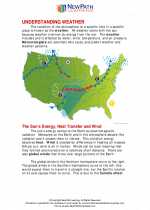
 Activity Lesson
Activity Lesson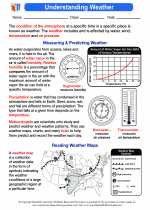
 Worksheet/Answer key
Worksheet/Answer key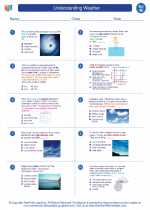
 Worksheet/Answer key
Worksheet/Answer key
 Worksheet/Answer key
Worksheet/Answer key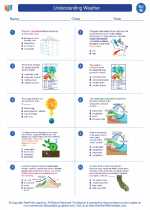
 Worksheet/Answer key
Worksheet/Answer key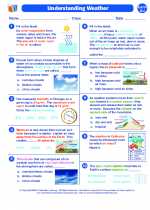
 Vocabulary/Answer key
Vocabulary/Answer key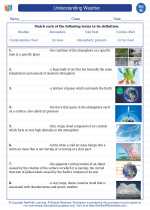
 Vocabulary/Answer key
Vocabulary/Answer key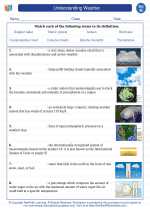
 Vocabulary/Answer key
Vocabulary/Answer key
